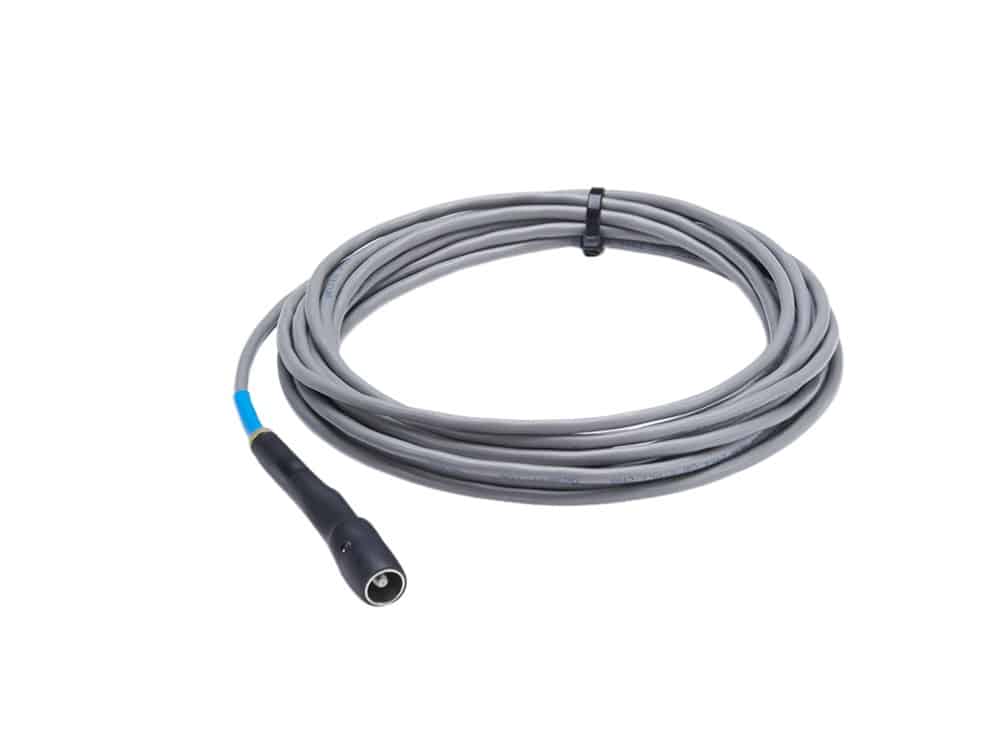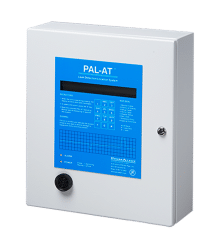Introduction:
The potential for liquid leaks should not be underestimated when designing and managing modern infrastructure. Whether it’s in residential homes, commercial buildings, or industrial facilities, the consequences of undetected leaks can be severe. In this blog post, we will explore liquid leak detection, what it is, the devices involved, the most effective detection methods, applications, and the ultimate question: Is leak detection worth the investment?
What is liquid leak detection?
Liquid leak detection is the proactive process of identifying and locating leaks of liquids, such as water, chemicals, fuel, or other fluids, in various environments. The primary goal is to detect leaks early on, preventing potential damages, minimising losses, and ensuring the safety and integrity of the surrounding infrastructure.
What devices detect liquid leaks?
Liquid leak sensors/ flood sensors are small devices that can be placed in strategic locations where leaks are likely to occur. They can detect the presence of liquids and send alerts to a monitoring system. Semrad offers a range of devices to effectively detect liquid including:
* Simple point type leak sensors: Used to monitor small areas such as a drain points.
* Comprehensive cable type leak sensors: Used to monitor hard to access and large areas such as under floor and data centres.
All our systems are fixed in place allowing for continuous monitoring.
Which method is best for detecting liquid leaks?
The effectiveness of a leak detection method depends on various factors, including the specific environment and the type of liquid involved. We recommend contacting us for specific advice on which system would work best in your application.
What applications are suitable for liquid leak detection systems?
Liquid leak detection finds applications in a wide range of industries and settings such as:
- Commercial Buildings: Safeguarding offices, hotels, and other commercial spaces from plumbing failures or roof leaks.
- Industrial Facilities: Monitoring pipelines, tanks, and equipment for leaks to prevent hazardous chemical spills.
- Data Centers: Preventing damage to sensitive electronic equipment from coolant leaks.
- Agriculture: Detecting leaks in irrigation systems to conserve water and prevent crop damage.
Is leak detection worth it?
Investing in liquid leak detection is undoubtedly worth it, considering the potential consequences of undetected leaks. The benefits include:
- Asset Protection: Preserving the integrity of infrastructure and equipment. Leak detection systems supplied by Semrad have proven to be highly effective in detecting small and large leaks, saving our customers from large amounts of damage to their site.
- Cost Savings: Early detection minimises the extent of damage, reducing repair costs.
- Environmental Protection: Preventing leaks of hazardous substances protects the environment.
- Safety: Avoiding accidents and injuries caused by leaks.
- Peace of Mind: Knowing that potential leaks are being actively monitored.
Conclusion:
When considering infrastructure management, liquid leak detection stands out as a crucial component for risk minimisation and asset protection. The cost of implementing leak detection systems is surpassed by the potential losses and damages they can prevent, making it a wise investment in the long run.







